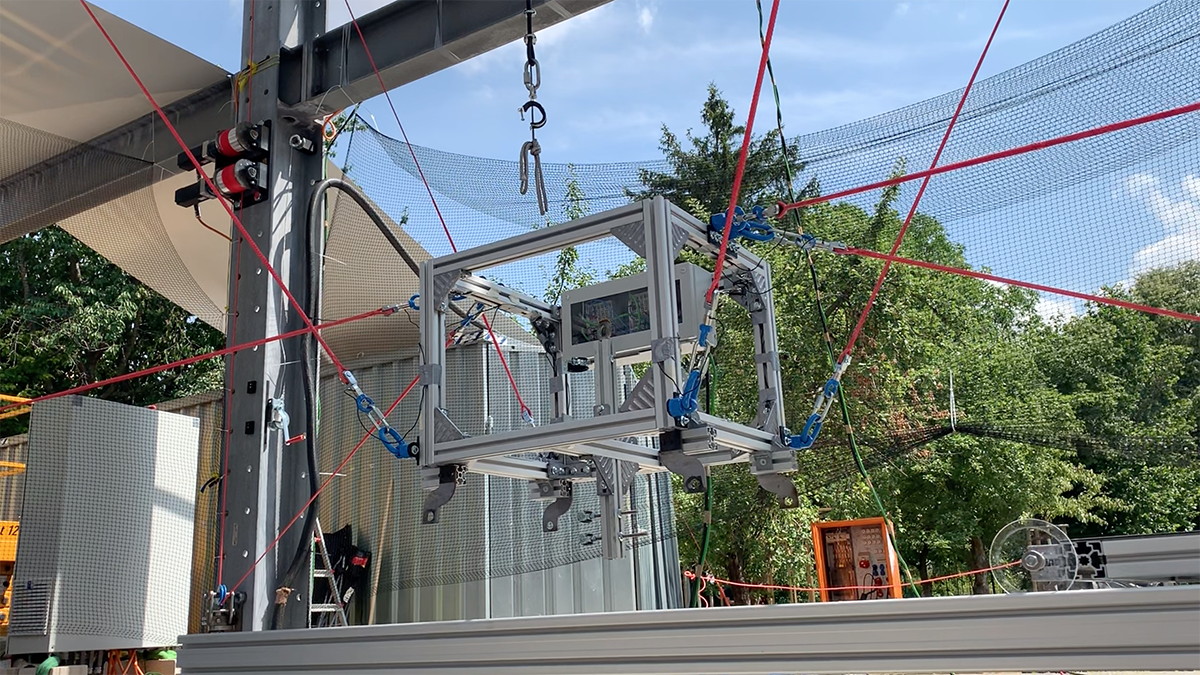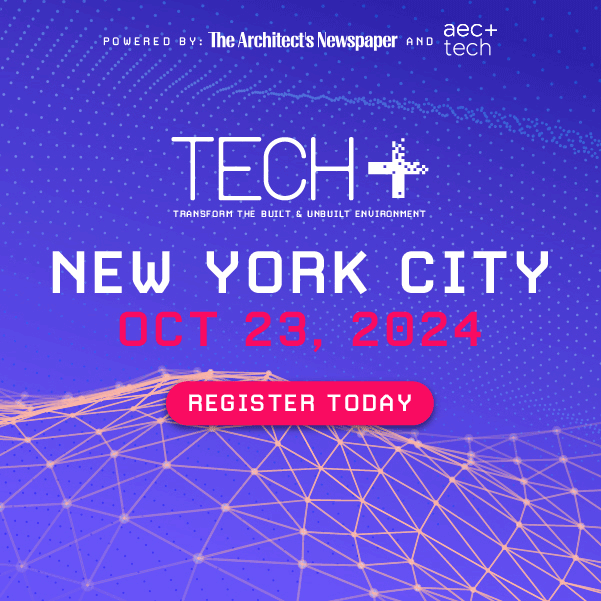This summer, to celebrate the centenary of the Bauhaus, the Bauhaus-Universität Weimar in Weimar, Germany, hosted an exhibition called sumaery2019. At the exhibition, the university showcased some of the latest innovations in robotics, displaying a cable-driven robot that 3D printed cementitious material, designed by a team led by professor Jan Willmann, in cooperation with the Dortmund University of Applied Sciences and the University of Duisburg-Essen.
The robot extruded and deposited layers of the “concrete” onto a platform to create a shell around a large steel structure. The robot moved over long distances across four cables, similar to how cameras work for sports broadcasts. (the Weimar robot also featured a high-resolution camera to capture what it was doing). The benefits of the robotic cable system, according to Willmann, is its ability to “to perform a variety of non-standard building processes, beyond the workspace restrictions imposed by conventional CNC-machinery.” He goes onto explain that “this means that the required components can be produced at full-scale, on-demand, on-site, and in practically unlimited forms and sizes, eliminating the need for additional formwork, transportation over long distances, and standardized parts.”

The researchers hope that the robot showcased new possibilities in computational design and formwork-less additive manufacturing. “The results not only demonstrate the innovative aesthetic and functional potential of the robotic process,” said Willmann, “they also provide a fascinating insight into the future of digital design and the manufacturing process in a real-world scenario.”



